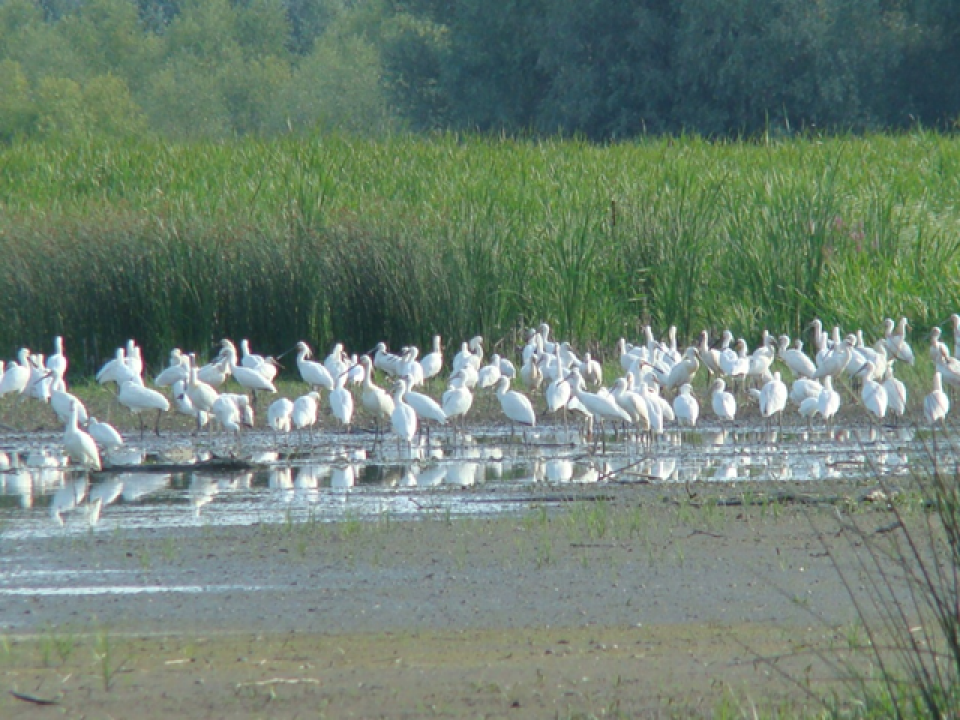
The area under study is a regional complex system covering the Romanian part of the Lower Danube Wetlands System. It includes the Danube River stretch, lakes, wet meadows, alluvial forests, agricultural polders and fish ponds (approximately 11.000 km2). The complex contains also many protected areas such as Natura 2000 sites, Danube Delta Biosphere Reserve and Small Island of Braila Natural Park. The work has been organised on two levels: case study level which allows for policies and regulatory frameworks analysis and integration, landscape and waterscape services assessment and local level, respectively selected areas where different assessment and valuation methods have been applied, tested and validated. The current structural configuration of Lower Danube River Wetlands System, consisting of more than 50% mono-functional agricultural ecosystems, leads to severe reduction of its former major ecological functions and, consequently, to the loss of benefits and ecosystem services, such as provisioning services (e.g. fish catches, reed or reed-mace biomass); regulation and support services (e.g. nutrients regulation; hydrological and water quality regulation, species and habitat diversity) and cultural services (e.g. recreation, tourism).
Enhancing the effectiveness of the integrated and adaptive management planning and its implementation in the area. This will be done by mainstreaming the improved understanding, using operational tools regarding the concepts of natural capital and ecosystem services.
- Better understanding of the relationships between long term dynamics of the biophysical structure and functions of natural capital and the supplied ecosystem services.
- Maintaining and restoring of longitudinal and lateral connectivity of Lower Danube River Wetlands System, which is expected to recover conditions for migration, spawning and feeding of birds and fishes (e.g. sturgeons).
- Enhancing the stakeholders operational capacity to assess ecosystem services.
The results can be used for assessment of similar ecosystems (e.g. wetlands, floodplains, coastal ecosystems) and for ecosystem services valuation under similar socio-economic and environmental conditions.
It is very important to involve all relevant stakeholders, including local population.~For a proper assessment of ecosystem services it is necessary to have a common understanding of terms, concepts and tools.~It is essential to define the spatial and temporal scales for ecosystem services assessment.~
